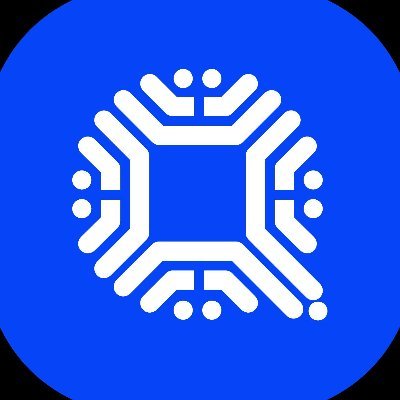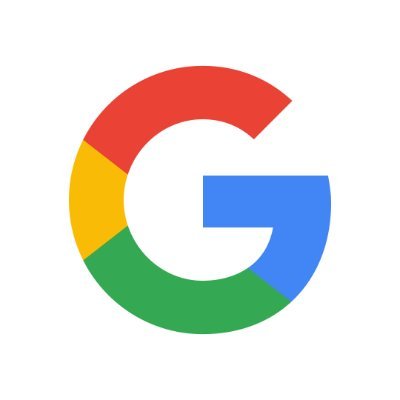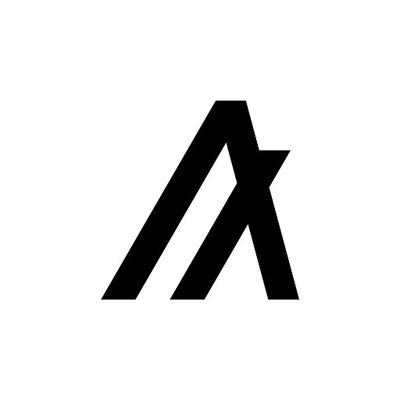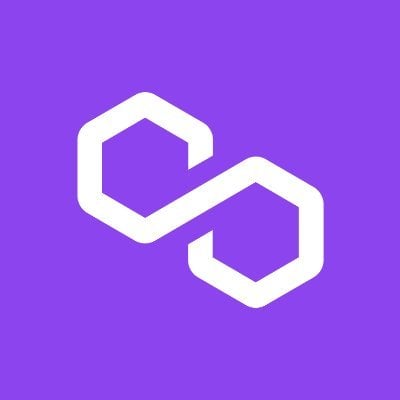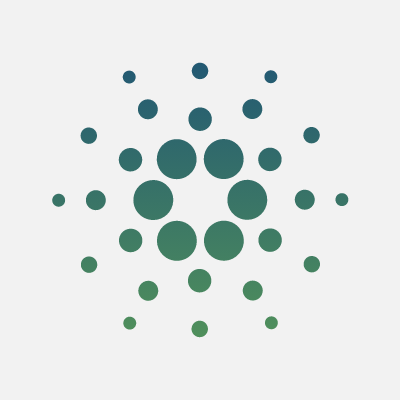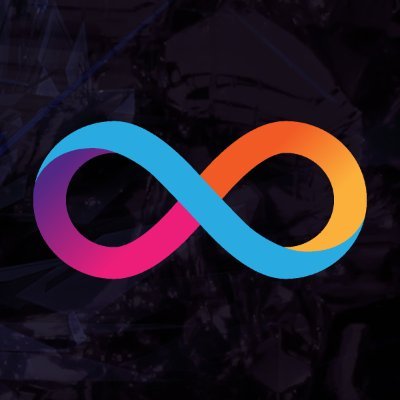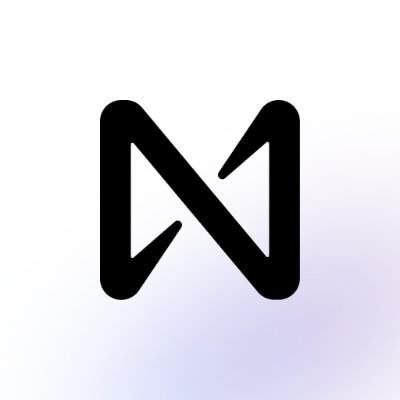Can AI become a new narrative for established public chains? A review of 7 public chains and their integration with AI
Written by: Frank, PANews
The ironclad bull market, the flowing public chains. Each round of bull market has a batch of public chains "leading the trend," while there is also a batch of public chains that completely "fade into oblivion" with the end of a bull market. As the most important crypto infrastructure, public chains undoubtedly have the highest market capitalization and market share, bearing the expectations of a large number of investors and projects. For public chains lacking sticky users, it seems that only by continuously updating narratives and maintaining brand exposure can they strive to remain on the main stage in the new round of bull markets.
AI is currently the hottest and most easily trending topic. PANews has observed that some star public chains from the previous two bull markets have not shone again in this round, while AI has become a new narrative for established public chains. In this article, PANews reviews the combination of 7 established public chains and AI narratives. However, overall, even when combined with AI, established public chains seem to show little vitality and determination, wavering on the boundary between riding the hype and genuinely getting things done.
Qtum: Investing in 10,000 GPUs to Support AI
On April 18, the Qtum Foundation announced the acquisition and launch of 10,000 Nvidia GPUs to support artificial intelligence projects.
In addition to launching the GPU support program, Qtum also introduced two AI products, Qtum Solstice and Qtum Qurator.
Qtum Solstice: A conversational chatbot similar to ChatGPT, based on an open-source model. This Alpha deployment will enable users to engage in useful and intelligent conversations.
Qtum Qurator: A text-to-image generation model similar to Midjourney, also based on an open-source model. This utility will allow users to generate images that typically require tedious work in image processing software applications.
Qtum co-founder Miguel Palencia stated, "We have ambitious goals for artificial intelligence, which requires a three-phase rollout plan. Today, we unveil the first phase, which includes the chatbot and image generator. The next two phases will include the modeling layer, and finally, the decentralized economic layer, which will integrate everything on the Qtum blockchain."
The Qtum Foundation plans to offer up to 10 more AI-related products in the coming months to further leverage these 10,000 GPUs. Such abundant computing power will help the Qtum Foundation seek partners for collaboration and joint development.
NEAR: Welcoming Back AI Mastermind
NEAR co-founder Illia Polosukhin may have greater achievements in AI than in blockchain. He joined Google Research in 2014, focusing on developing models and tools that ultimately integrate into artificial intelligence. He is also a major code contributor to the Google TensorFlow AI open-source project, which was co-authored by eight researchers in the paper "Attention is All You Need," introducing a new model architecture called Transformer, which later became the technology behind popular AI products like ChatGPT. It can be said that NEAR has the strongest connection to AI, and even at its inception, NEAR.AI was a company fully focused on artificial intelligence.
However, during the early years of NEAR's establishment, its main goal was to build a convenient, user-friendly, and environmentally friendly blockchain. Until the end of 2023, NEAR announced the launch of NEAR Tasks, a smart contract for automatic payments using NEAR tokens, which can help AI projects better distribute rewards through this platform. However, in reality, this project seems more like optimizing the development of artificial intelligence by leveraging the advantages of blockchain, rather than improving blockchain through artificial intelligence.
At NEARCON 2023, Illia Polosukhin named AI as one of the core verticals of the NEAR ecosystem. Anticipated to speak at Nvidia's GTC in 2024, Illia Polosukhin's presence has nearly doubled the price of NEAR.
Currently, NEAR Tasks has not yet officially launched. There has also not been a formal classification of AI applications in the NEAR ecosystem.
Algorand: Some Thoughts on AI but Not Much
In July 2021, Algorand announced a partnership with Fortior to create an AI-driven governance mechanism and financial assets on the Algorand blockchain. Since then, there have been very few AI-related updates from Algorand.

A community member once asked Algorand in a forum this year: Is there a plan to apply ALGO to artificial intelligence?
The ALGO official responded that they have been thinking about this issue. Decentralization is almost necessary for AI models, with open-source models on decentralized data networks (allowing users or companies to sell/share data using specific models), processing networks (lending excess computing power, like mining, to allow for more output), and immutable records of outputs like images (nfts). Algorand has been working to organize its thoughts, but it is surprising that more cryptocurrency projects have not turned to this concept, or at least have not discussed how decentralized networks and AI can establish a symbiotic relationship.
DFINITY: Optimizing ICP to Run Large AI Models
Dominic Williams, founder and chief scientist of the DFINITY Foundation, stated in a blog post in March 2024 that artificial intelligence, smart contracts, and blockchain are "perfect partners." He believes that centralized large models have the potential for malfeasance, so AI must be tamper-proof.
Dominic Williams indicated that ICP will upgrade the memory capacity of smart contracts to 32GB and support 64-bit, enabling the operation of some large language models.
Polygon: Launching AI Tools Based on GPT-4
Polygon currently appears to have sufficient sensitivity in the AI space, having launched Polygon Copilot as early as June 2023. However, PANews testing found that the product seems unable to achieve the expected results and did not respond to multiple inquiries.

In addition to Polygon Copilot, Polygon's AI product Brain is also a similar tool, and it performs better than Polygon Copilot, not only providing Q&A functionality but also offering features like deploying contracts and sending transactions through AI.
Additionally, on April 19, the recently popular AI project ORA announced a partnership with Polygon at Token2049 in Dubai, introducing its AI oracle OAO on the Polygon chain.
Polkadot: Launching PolkaBot AI Chatbot
In 2024, PolkaBot launched an AI education platform, PolkaBot AI, which is a language model similar to ChatGPT and currently provides some content retrieval related to PolkaBot.

As of now, Polkadot has not officially launched an AI plan, but it seems to place great importance on the development of AI projects within its ecosystem. On April 16, Polkadot's official blog published an article reviewing several AI projects related to the ecosystem, including the relatively popular AI project Bittensor.
At the same time, Polkadot stated, "Polkadot's powerful infrastructure has unique advantages to support the AI revolution, providing the scalability, interoperability, and security required for the massive computational demands of AI." It seems that Polkadot's goal is to provide infrastructure for projects combining Web3 and AI.
Cardano: Defending Cardano with Comparisons to AI Models and Blockchain
Although Cardano has not officially launched any related AI plans, interestingly, in response to community doubts about Cardano's inaction, its founder made a statement in April this year comparing AI models and cryptocurrencies, suggesting that short-term narratives are not always effective. He stated, "The problem in our industry is that short-term narratives and hype dominate the conversation, and AI has the same issue. A few months ago, OpenAI dominated everything, but it also faced increasing competition from other language models, first Claude 3, and now we have Grok 1.5, and soon Llama 3."
Conclusion
From the above projects, it seems that various established public chains want to increase their visibility through the social hotspot of AI, but so far, none have conducted in-depth exploration and efforts in this field. Among them, except for Qtum, NEAR, and Polygon, which have invested more in AI products, other public chains seem to remain in the hype phase. However, at the same time, the Web3+AI space is not quiet; according to Coingecko, the total market capitalization of AI projects has reached $23.2 billion, with most projects choosing Ethereum and Solana as their preferred technologies. As established public chains, if they wish to revitalize themselves through AI, they may need to present more robust development strategies and products to be convincing.






